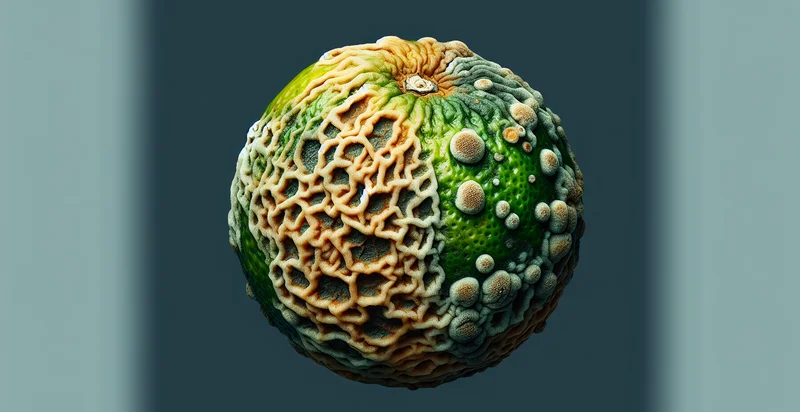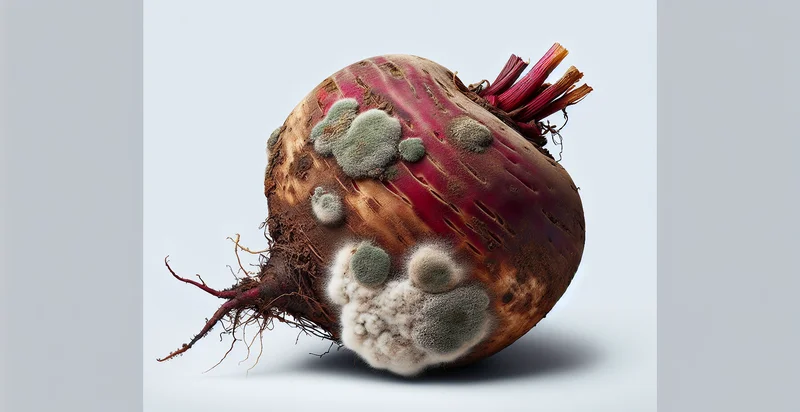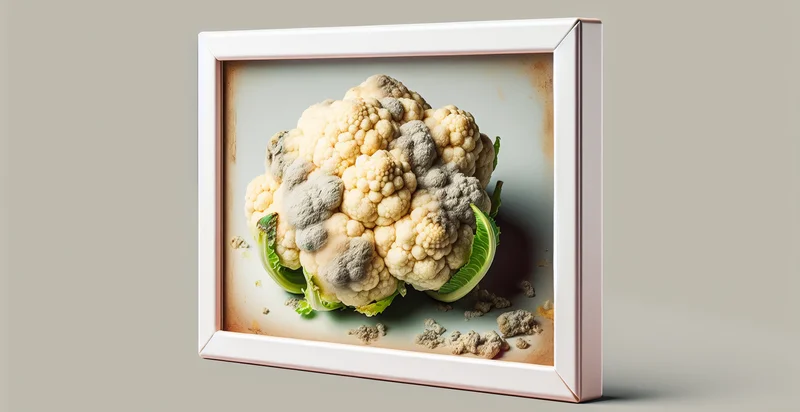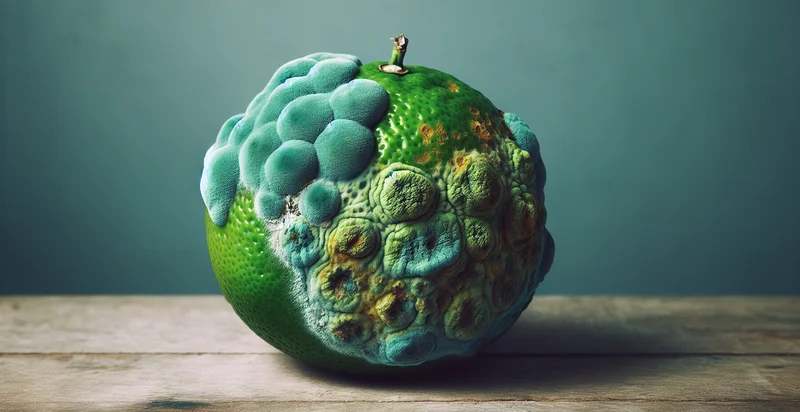Identify if lime is rotten
using AI
Below is a free classifier to identify if lime is rotten. Just upload your image, and our AI will predict if the lime is rotten - in just seconds.

Contact us for API access
Or, use Nyckel to build highly-accurate custom classifiers in just minutes. No PhD required.
Get started
import nyckel
credentials = nyckel.Credentials("YOUR_CLIENT_ID", "YOUR_CLIENT_SECRET")
nyckel.invoke("if-lime-is-rotten", "your_image_url", credentials)
fetch('https://www.nyckel.com/v1/functions/if-lime-is-rotten/invoke', {
method: 'POST',
headers: {
'Authorization': 'Bearer ' + 'YOUR_BEARER_TOKEN',
'Content-Type': 'application/json',
},
body: JSON.stringify(
{"data": "your_image_url"}
)
})
.then(response => response.json())
.then(data => console.log(data));
curl -X POST \
-H "Content-Type: application/json" \
-H "Authorization: Bearer YOUR_BEARER_TOKEN" \
-d '{"data": "your_image_url"}' \
https://www.nyckel.com/v1/functions/if-lime-is-rotten/invoke
How this classifier works
To start, upload your image. Our AI tool will then predict if the lime is rotten.
This pretrained image model uses a Nyckel-created dataset and has 2 labels, including Lime Is Fresh and Lime Is Rotten.
We'll also show a confidence score (the higher the number, the more confident the AI model is around if the lime is rotten).
Whether you're just curious or building if lime is rotten detection into your application, we hope our classifier proves helpful.
Related Classifiers
Need to identify if lime is rotten at scale?
Get API or Zapier access to this classifier for free. It's perfect for:
- Quality Control in Agriculture: This use case involves using the lime rot identifier to enhance quality control processes in lime production. Farmers and distributors can quickly identify and segregate rotten limes from fresh produce, ensuring only high-quality products are shipped to markets.
- Food Waste Reduction: By implementing the rotten lime identifier in supply chains, businesses can significantly reduce food waste. The technology can help retailers identify unsellable limes before they reach consumers, promoting more efficient inventory management and sustainability practices.
- Automated Sorting Systems: Integrating the lime rot identifier into automated sorting systems allows for real-time detection of rotten fruit. This application can streamline packing processes, minimize labor costs, and improve overall operational efficiency in fruit processing facilities.
- Online Grocery Quality Assurance: E-commerce grocery platforms can utilize the identification function to assure customers of the quality of limes being delivered. By guaranteeing that only fresh limes are packaged, retailers can enhance customer satisfaction and reduce return rates due to quality complaints.
- Ripeness and Freshness Monitoring: Beyond simply identifying rot, businesses can use the classification function to monitor general freshness and ripeness in limes. This could assist in determining optimal sales strategies and pricing, ensuring consumers receive products at their peak quality.
- Supply Chain Optimization: The rot identifier can be integrated into supply chain management systems to track and assess lime quality throughout the distribution process. This would facilitate more accurate demand forecasting and inventory management decisions based on produce quality.
- Educational Tools for Agriculture: The lime rot identification function can serve as a valuable learning tool for agricultural training programs. By providing students and farmers with insights into detection techniques, they can better understand post-harvest management practices and improve their handling of perishable goods.


